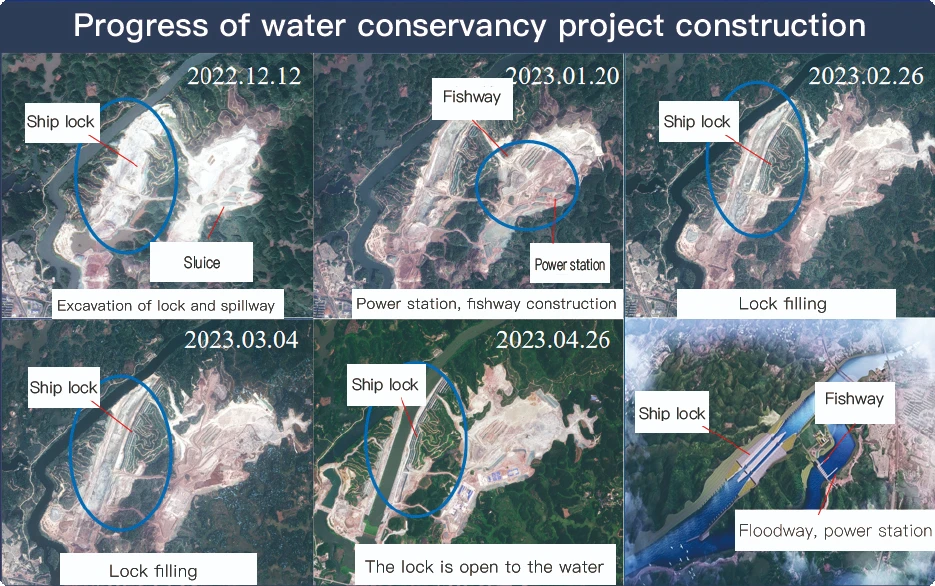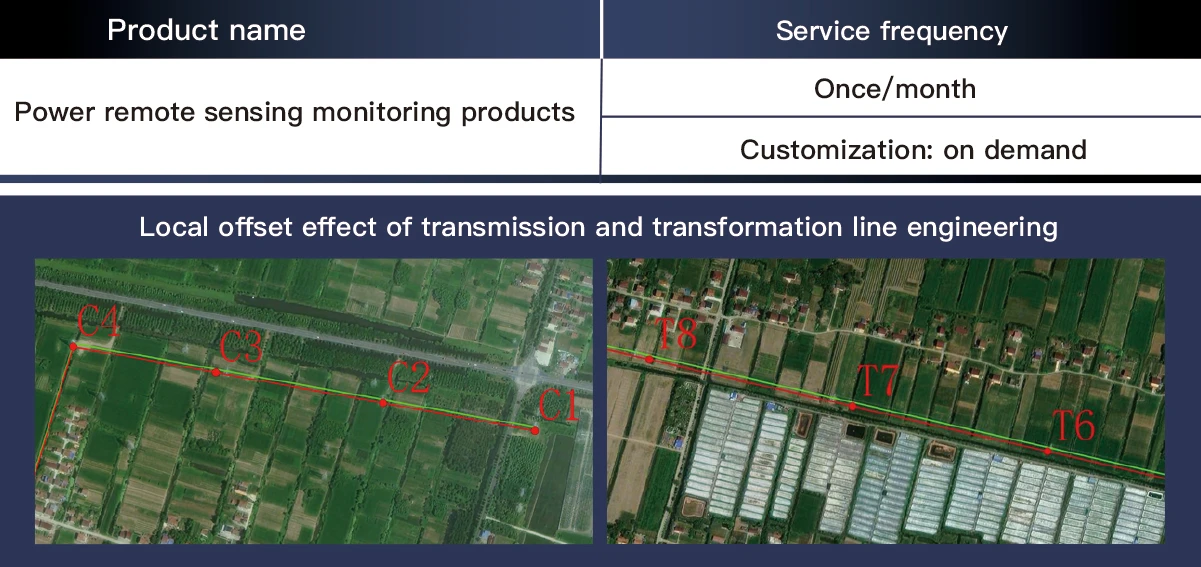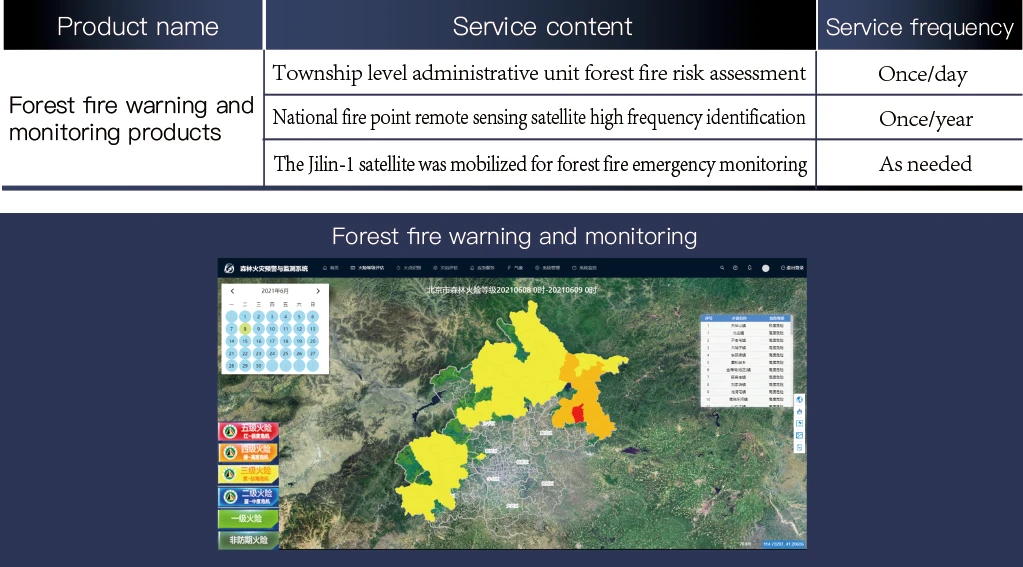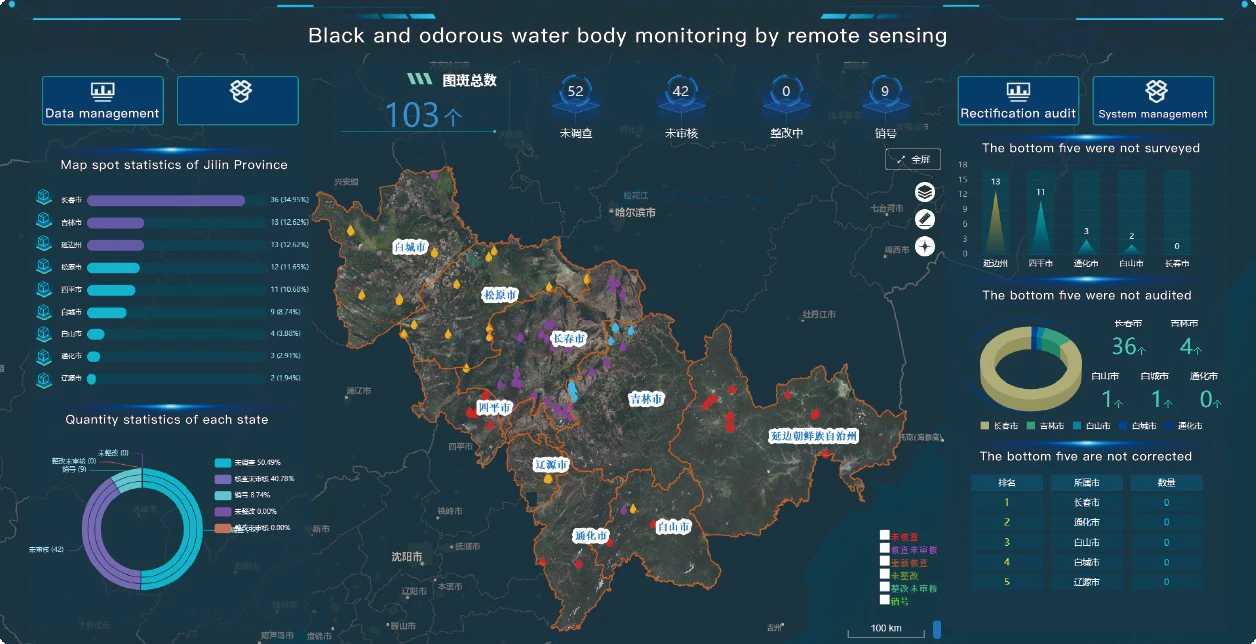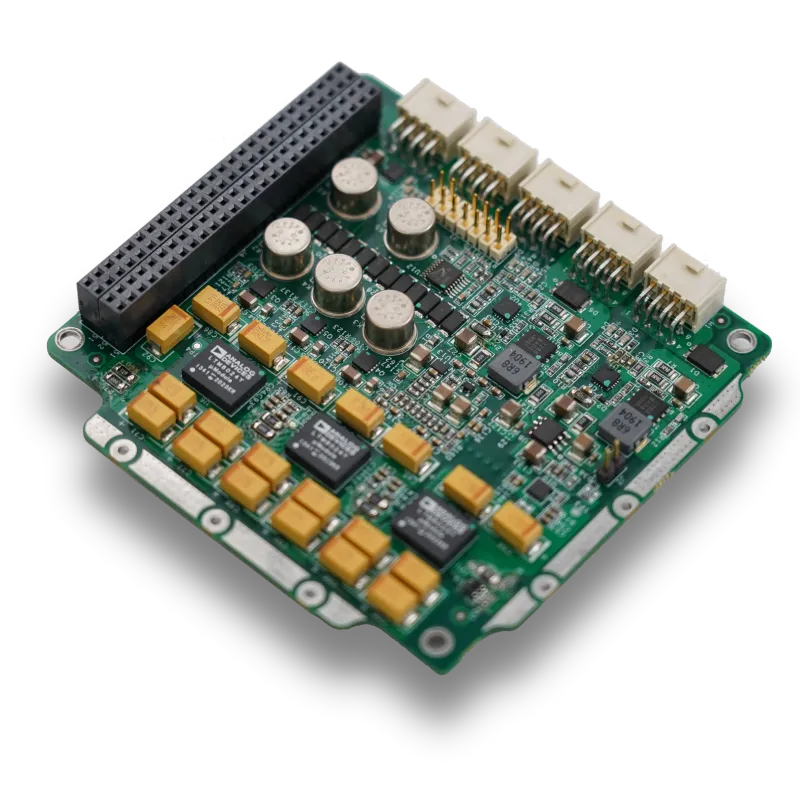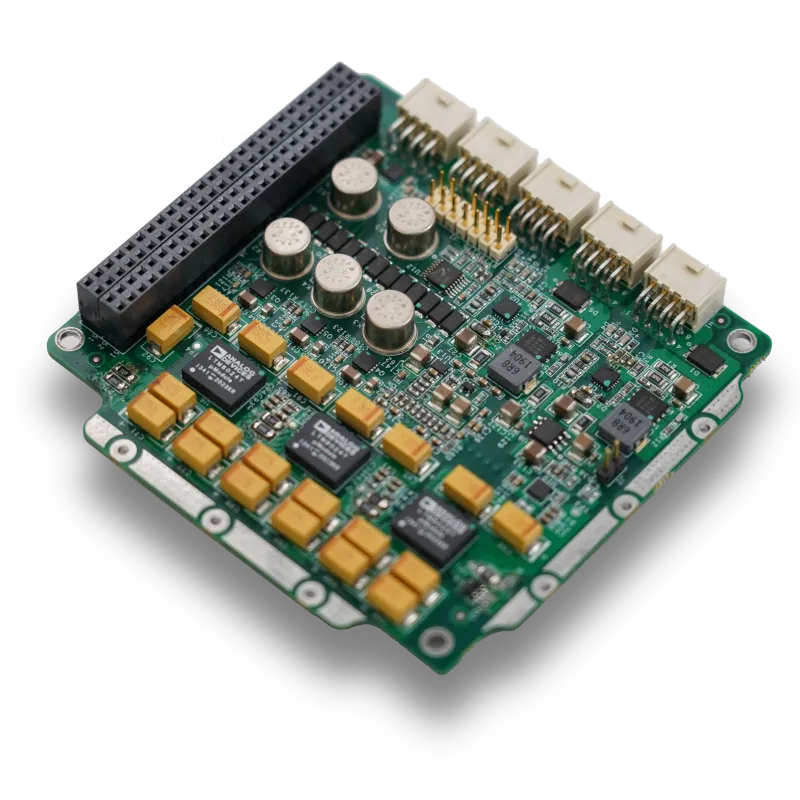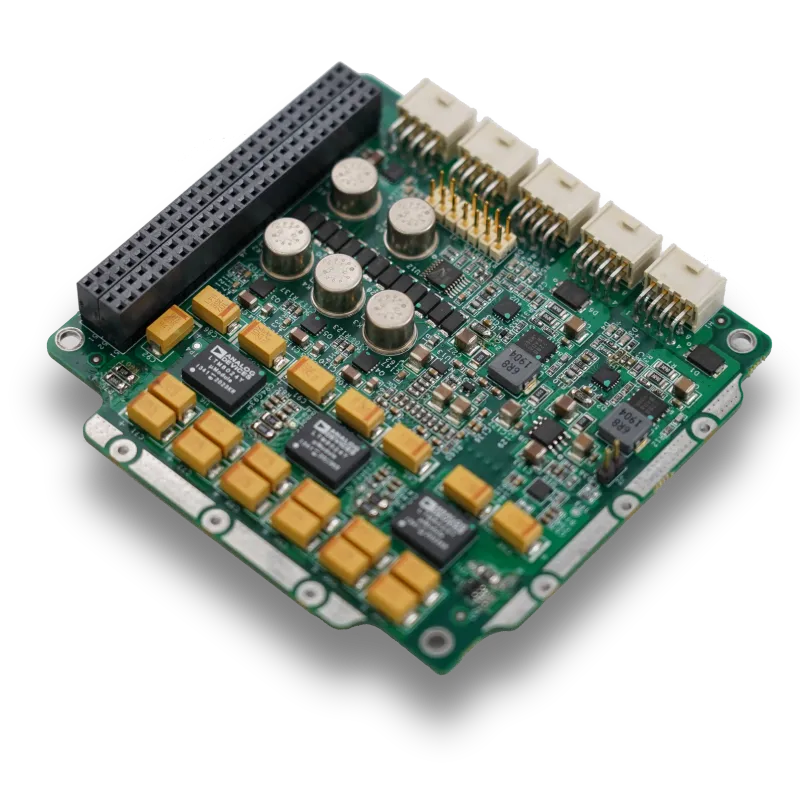
- الأفريقي
- الألبانية
- الأمهرية
- عربي
- الأرمنية
- أذربيجاني
- الباسكية
- البيلاروسية
- البنغالية
- البوسنية
- البلغارية
- الكاتالونية
- سيبوانو
- الصين
- كورسيكي
- الكرواتية
- التشيكية
- دانماركي
- هولندي
- إنجليزي
- الإسبرانتو
- الإستونية
- الفنلندية
- فرنسي
- الفريزية
- الجاليكية
- جورجي
- الألمانية
- اليونانية
- الغوجاراتية
- الكريولية الهايتية
- الهاوسا
- هاواي
- العبرية
- لا
- مياو
- المجرية
- الأيسلندية
- إيجبو
- اللغة الإندونيسية
- ايرلندي
- ايطالي
- اليابانية
- الجاوية
- كانادا
- الكازاخستانية
- الخميرية
- رواندية
- كوري
- كردي
- قيرغيزستان
- تَعَب
- اللاتينية
- اللاتفية
- الليتوانية
- اللوكسمبورغية
- المقدونية
- اللغة الملغاشية
- الملايو
- المالايالامية
- المالطية
- الماوري
- الماراثى
- المنغولية
- ميانمار
- النيبالية
- النرويجية
- النرويجية
- أوكيتاني
- البشتونية
- الفارسية
- بولندي
- البرتغالية
- البنجابية
- روماني
- الروسية
- ساموا
- الغيلية الاسكتلندية
- الصربية
- إنجليزي
- شونا
- السندية
- السنهالية
- السلوفاكية
- السلوفينية
- الصومالية
- الأسبانية
- اللغة السوندانية
- السواحلية
- السويدية
- التاغالوغية
- الطاجيكية
- التاميلية
- التتار
- التيلجو
- تايلاندي
- اللغة التركية
- تركمان
- الأوكرانية
- الأردية
- الأويغور
- الأوزبكية
- الفيتنامية
- الويلزية
- يساعد
- اليديشية
- اليوروبا
- الزولو
Free Satellite Imagery: Empowering Global Access to Earth Observation Data
The availability of free satellite imagery has revolutionized access to critical data about Earth’s surface, enabling researchers, governments, businesses, and the general public to monitor and understand our dynamic planet. With numerous platforms offering real-time satellite imagery free and extensive archives of high resolution satellite images, the barriers to entry for satellite-based analysis have significantly lowered. This democratization supports applications ranging from environmental monitoring to urban planning and disaster response. This article explores the importance of free satellite imagery, reviews popular sources like NASA Worldview and Google Earth, examines technological considerations such as satellite camera megapixel and satellite camera price, and discusses advancements including remote sensing microwave.
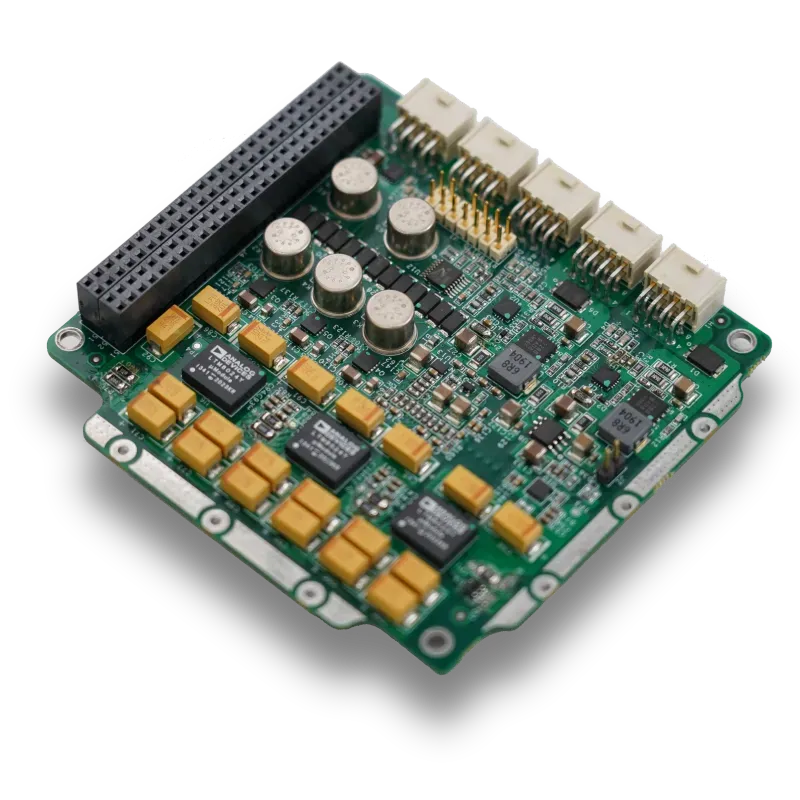
The Significance of Free Satellite Imagery
Free satellite imagery provides universal access to vital Earth observation data, which historically was restricted due to high costs and technical barriers. Today, this imagery supports transparent scientific research, informed policy-making, and community-driven environmental stewardship.
For instance, conservation groups utilize free satellite imagery to track deforestation, monitor wildlife habitats, and assess the impacts of climate change. Urban planners leverage such data to map city expansion, identify infrastructure needs, and optimize land use.
During emergencies, the availability of real-time satellite imagery free becomes indispensable. Rapid access to current images allows response teams to evaluate damage, plan logistics, and coordinate relief efforts efficiently.
Key Platforms Providing Free Satellite Imagery
Several platforms stand out for their extensive collections of free satellite imagery:
NASA Worldview offers a rich, interactive interface to explore near real-time and historical satellite data from multiple NASA missions. It integrates live satellite camera feeds, providing continuous views of Earth’s atmosphere and surface.
Google Earth complements this by providing user-friendly access to high resolution satellite images, allowing detailed exploration and analysis. While its imagery is not always real-time, its archive supports temporal studies.
These platforms collectively expand the reach of satellite data, empowering users across sectors and skill levels.
Technological Foundations: Satellite Cameras and Imaging Quality
The quality and utility of free satellite imagery depend heavily on the capabilities of the underlying satellite cameras. Specifications such as satellite camera megapixel affect the image resolution and detail.
Higher megapixel counts produce sharper images, enabling users to distinguish small features like individual trees or vehicles. However, achieving this detail often increases the satellite camera price, reflecting the complexity and cost of advanced sensors and satellites.
Understanding the satellite camera location—including orbit type and altitude—is crucial, as it influences revisit times, coverage area, and image perspective.
Complementary Technologies Enhancing Free Satellite Imagery
Beyond optical imagery, remote sensing microwave technology plays a crucial role in providing consistent Earth observation regardless of weather or lighting conditions. Microwave sensors detect soil moisture, ice thickness, and precipitation patterns, complementing optical satellite data.
The combination of these technologies enhances the comprehensiveness and reliability of free satellite imagery available to users worldwide.
Educational Resources and Future Directions
To make the most of free satellite imagery, many turn to educational materials such as a remote sensing book, which covers principles of satellite imaging, data processing, and applications.
As satellite technology advances, the volume and quality of free satellite imagery will continue to grow, further lowering barriers and enabling innovative uses.
Conclusion
The era of free satellite imagery has transformed access to Earth observation data, supporting a vast array of applications and fostering a global community of informed users. Platforms like NASA Worldview and Google Earth exemplify this democratization, offering real-time satellite imagery free alongside extensive archives of high resolution satellite images.
Understanding factors such as satellite camera megapixel, satellite camera price, and satellite camera location enriches appreciation of the technology behind these images. Complemented by advancements in remote sensing microwave and guided by educational resources, free satellite imagery empowers users worldwide to observe, analyze, and protect our planet.

